Thank BMW. Or Tesla (the man, not the car company). Or even YouTube. Between them, they helped to kick-start a car maker like no other: Rimac.
For one thing, it’s based in Croatia, a country better known for spotty dogs, medieval HBO blockbusters and some of the world’s best beaches. For another, it doesn’t produce many cars and its CEO was born after the launch of the Ferrari F40 and was once best known for flogging a green E30-generation BMW 3 Series around race tracks.
But Rimac is helping to shape the future of fast cars, specifically those powered by electricity.

That was a point rammed home during a recent visit to the unassuming factory on the outskirts of Croatia’s capital, Zagreb. By the time Ms Google had directed me to the alleged location, I was convinced I was in the wrong spot. Nondescript warehouses are surrounded by the occasional plot of unkempt grass and weeds. It’s far from the no-rock-out-of-place precision of McLaren's factory in Woking or the grandeur of Goodwood.
But follow the signs around the back of an industrial wagon and things turn more professional, with R-badged flags waving in the breeze. A deep blue hue surrounding the top of the blocky building contrasts with the overcast sky and glass panels are peppered with pictures of cars, a Lotus-like stature the only clue to something special within.
The parking lot is strangely devoid grey sea of Opels, Volkswagens and the occasional Mercedes-Benz, some with a snazzy set of alloy wheels and the occasional splash of yellow or green. A couple of Teslas, with charging cables snaking from them, are the only clues of automotive appreciation.
There’s not a single Rimac, which must make it the only car factory in the world where at least some of the machines produced there aren’t dotted around the parking lot. Blame it on volumes. Since producing its first vehicle in 2016, Rimac has completed only five full cars. Not five thousand. Not five hundred. Five. It works out to about one car every seven or eight months.

A wave of productivity means another three are in various stages of construction while I’m there, body panels stacked and awaiting fitment to complete the planned run of eight Concept_Ones. The car is a two-seater with batteries lining its floor and an electric motor on each wheel. Although tires and generic components are sourced from suppliers, most components – including air-con units, lights and bumpers – are produced in-house.
The result is a sleek sports car that’s good for something north of 1215 HP. Company founder Mate (pronounced ‘mah-tey’) Rimac describes it as “an electric car built by gearheads”, which gives an idea of his headspace. For the nerds, there’s even a hint of Croatian design – Mate is intensely patriotic – with the air intakes that hug the doors being tapered like a necktie, a fashion item invented by the Croatian army.
It’s the upcoming C_Two that is planned to send more of a jolt through the hypercar world. The philosophy doesn’t change – big electric power in a two-seat sports car – but the execution does.
“The Concept_One was more of a learning project for us… The C_Two is light years away,” says Rimac marketing chief Marta Longin as we wander the clinically clean facilities that are eerily devoid of cars.

Claimed to make 1914 HP, it promises new levels of electric performance, blitzing the 0-62mph sprint in 1.97sec and hitting a claimed 258mph top speed. That it boasts a WLTP-certified range of 342 miles reinforces the breadth of engineering beneath an active-aero body constructed of what’s claimed to be the single largest piece of carbonfiber on any production car. The planned production run is 150 units at a rate of three a month – still tiny numbers, even in the world of hypercars. It will take more than four years to build the lot.
But it’s not complete cars that are the financial heartbeat at Rimac, as Mate learnt not long after registering it in 2009. He describes the brand as “helping other companies to build interesting products and electrified, connected, smart vehicles”. As Longin describes it, the vehicles are “a perfect showcase of what we can do”.
Tracing Rimac’s history shows it to be radically different from other brands. There was no bolshie concept car sprouting plans to knock Ferrari off its pedestal. No gazillionaire investor promising to shovel copious funds through the back door until success was guaranteed. And no mysterious alliance with a tech giant intent on showing car makers how to build cars.
The one area where Rimac did follow a more traditional path was in almost going broke. A Middle Eastern sheikh initially promised investment money but the deal went sour. Mate was more visionary than finance guru. “We had no money, absolutely no money,” says Longin of those early years, recounting the time the electricity was cut off (somewhat of an issue for a manufacturer of electric vehicles).

She blames it on various factors, including no investment rating for Croatia and the legal unknowns of doing business in a country not known for producing cars, two things that made would-be investors wary.
One thing Rimac had from the start was innovation, as an item proudly on display in the trophy cabinet in the foyer shows. Wires and electronics poke from a glove that looks like something from a sci-fi blockbuster. Called the i-glove, it was one of Mate’s early creations and how he envisioned the keyboard and mouse could be replaced as a means of inputting data into a computer.
Once he could drive, he turned his attention to going quick, making a garden variety 1980s 323i into the hottest property on local race tracks. It was viral videos of his electric E30-generation 323i in action (below) that garnered attention and demonstrated the performance potential of electric motors.
“These videos reached key decision makers and they came knocking and asking Mate how he did it and can he do it for them,” says Longin.
Before he’d produced a single saleable car, Mate had focused the company’s efforts on crafting the components and software he believed were necessary to create his ultimate car. That justifies the presence of the hundreds of individuals who work at Rimac. Every room I walk through is buzzing with people – and the occasional dog. (The workplace is dog friendly.)
“The technology Mate wanted in the car wasn’t even available in the market,” says Longin. “The high-performance batteries and the motors, nobody has done it before. He wanted to revolutionise this whole industry and show people how exciting electric cars can be.”
The business model is like no other, one where the vast bulk of revenue comes from outside car makers and the Rimac cars are seemingly a sideshow.

It’s worth putting the production volumes into perspective, too. Last year, there were 8,885,533 Toyotas produced globally. With some 370,000 employees, that means every person – whether they were cleaning the toilets or styling the Supra – produced on average 24 cars. Even Ferrari – where things move much slower and on a different scale – manages almost three cars per employee per year, for a total approaching 10,000.
At its current rate, each Rimac employee produces 0.0036 of a car per year. When the C_Two comes on stream, that will increase to about 0.06 cars per employee per year, although more people are being hired, which promises to reduce that number.
Not that the Rimac folk are sniffing for ways to fill their time. Anything but. The place is tense with energy. Rather than robots and production lines, there are rows of Dells and Lenovos and young people tapping away with a chilled enthusiasm generation Z has nailed.
On the factory floor, you’re more likely to see battery components, crisply carved aluminium and immaculately finished carbonfiber fresh from the autoclaves, which give an idea of the investment in manufacturing.

Longin hints at plans for additional Rimac models that could be produced in bigger numbers, relatively speaking. “We’re always going to be niche,” she reiterates, saying hypercars are the focus.
“Mate was very inspired by Tesla’s work and the electric motor and the potential of it,” she says, referencing the often gangly and experimental nature of early EVs that failed to capture mainstream love.
Admiring Tesla is something that has flowed through to the parking lot, a Model S the sole company car.
Longin describes Mate as a “self-taught engineer” and “stubborn” while letting slip “lunatic” in describing his hectic style. It’s said in jest but reinforces how different he is from traditional car company chiefs. Born in 1988, he won’t be spotted wearing one of the ties each of his cars proudly pays homage to.
He’s clearly passionate and innovative, yet also an incisive businessman who has built a company employing 550 people (average age 31), each with access to relax rooms with beanbags and PlayStations. But the five buildings spread over almost 10,000 square metres are bursting, with meandering hallways and stairways leading to added-on rooms.

An all-encompassing new ‘campus’, not far from the existing facilities, is planned for the next two or three years. While some may have been tempted to relocate to a country better known for car making, Mate has vehemently pushed back, even knocking back money from one investor for such an offer. Longin says he’s not the sort of bloke who takes kindly to being told something can’t be achieved, a philosophy that seems to have set the template for the company. That and his tireless efforts selling the Rimac wares (the tech, not the cars).
One big win was in 2016, when Mate received a call from a man he lists as “top of my hero list”, Christian von Koenigsegg, a Swede who realised his dream of creating highly desirable, extremely fast cars. Koenigsegg admired the engineering work of Rimac, which could provide the batteries and software for those big electric pulses needed for stupendous acceleration.
It helped that Rimac finished second in the gruelling Pikes Peak hillclimb the year before with a one-off racer driven by Japan’s Nobuhiro ‘Monster’ Tajima.

Not long after, Aston Martin chose Rimac to produce the exquisitely fabricated carbonfiber battery packs for the Valkyrie. Pininfarina followed suit for its upcoming Battista.
There’s more to come, too. Earlier this year, Hyundai and Kia tipped in a combined 80 million euros ($88m) to leverage Rimac’s expertise. “Rimac is an innovative company with outstanding capabilities in high-performance electric vehicles,” said Hyundai executive vice chairman Euisun Chung in announcing the deal. “Its start-up roots and abundant experience collaborating with auto makers combined with technological prowess makes Rimac the ideal partner for us.”
Big words from a Korean giant that loves doing things its own way, right down to smelting steel.

Other undisclosed car makers use Rimac components or software, including complete infotainment units. The big question mark is Porsche, which in 2018 bought a 10% stake for a “development partnership” with Rimac.
Porsche’s deputy chairman of the executive board, Lutz Meschke, said Rimac had “impressively demonstrated its credentials in the field of electromobility” adding its “ideas and approaches are extremely promising”.
But where will Rimac tech pop up in future Porsches? The Taycan was largely completed before the Rimac deal was inked and Porsche takes off-the-shelf Volkswagen Group componentry for its hybrid SUVs. That makes the 911 the most logical option to benefit from Rimac tech.
“I can say nothing,” says Longin cryptically, reiterating that work with Porsche will include “some future projects”. Croatian tech in the world’s most iconic sports car certainly would make a statement.
All from a brand that started with a robotic glove, an electric BMW and a grand vision.
‘That’ crash and what happened next
When The Grand Tour’s Richard Hammond slid off a hillclimb road and rolled down an embankment, he single-handedly wiped out 20% of the entire vehicle manufacturing output of Rimac.
At that time, just five Concept_Ones had been produced, with eight the target. The final three will be finished this year, leaving just seven on the road.

“Three years of my life, that crash,” sighs marketing manager Marta Longin, who spoke to Hammond at hospital soon after the crash and assures us they’re still “on good terms”. She says: “The main thing is he’s alive.”
Every element of the incident is still clear in her head, from the phone call describing flames and the 110m of rolling down a hill to the rescue helicopter and hospital. She keeps a piece of the wreck behind her desk “to remind me that in bad times, things can be worse”.
What’s remaining of that Concept_One is still with Rimac, although she’s not opening the doors to anyone. “I don’t want to build a brand around Hammond’s crash… It’s part of the history. It happened. I’m just glad everything is okay.”
In the beginning
A Kermit green E30-generation BMW 3 Series still holds the Guinness World Record for a quarter-mile time. Set in 2012 by Mate Rimac in his electrified 590bhp rear-drive E30, the car covered the 400m strip in 11.85sec. That’s not far off a Porsche 911 GT3 RS, although the BMW was travelling at only 75.95mph when it crossed the finish line – an indication its initial acceleration was potent, its ability to maintain that enthusiasm at higher speeds less so.

What was initially a 323i was converted after the engine gave up during a race meeting. Unable to afford a replacement engine, Mate looked at other solutions: electric seemed the obvious one to him.
“He was very inspired by Nikola Tesla,” says Rimac marketing manager Marta Longin of the Croatian-born inventor.
In a world of spark plugs and high-octane unleaded, the electric BMW initially received the type of tepid welcome a modern politician would elicit.
“Everybody laughed at him,” says Longin. “Everyone was saying: ‘What are you doing with this washing machine? You’re never going to win anything. You’re never going to do anything with it’ – until he started winning.”
Mate plans to restore the BMW that’s four years older than him for the company’s 10th anniversary in 2021.
Toby Hagon

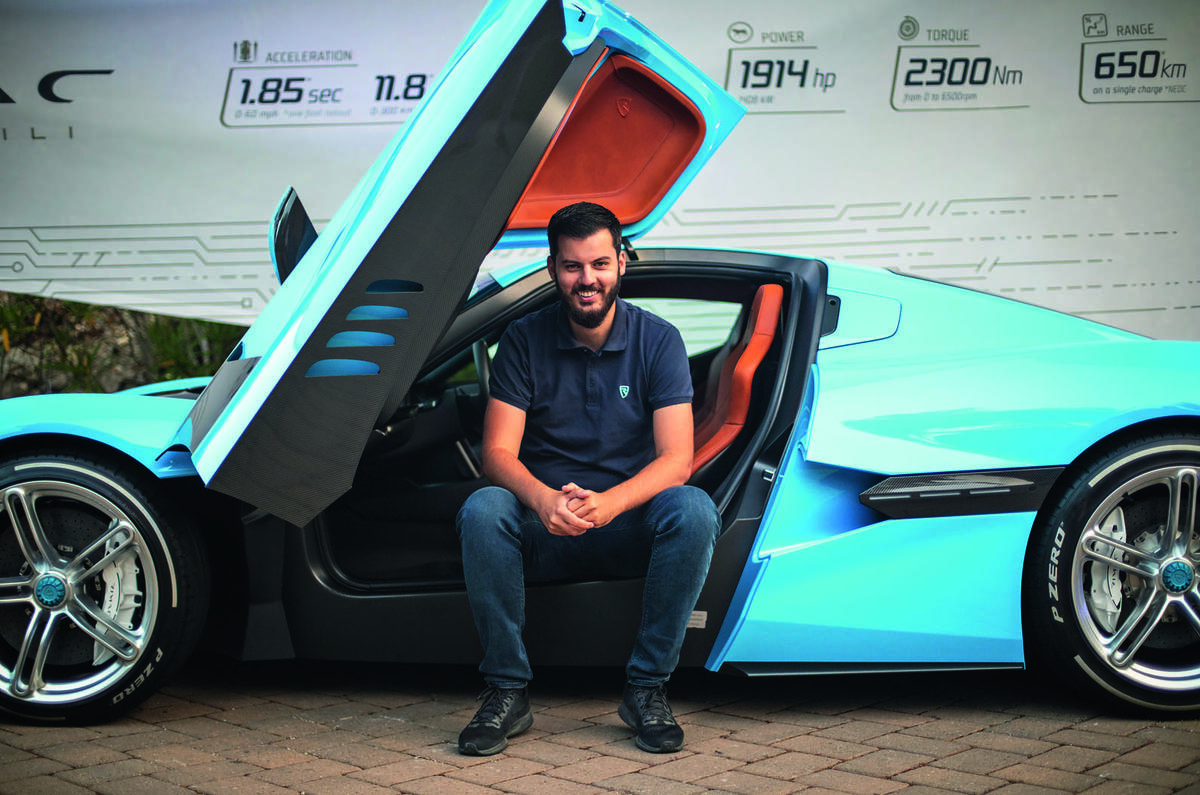
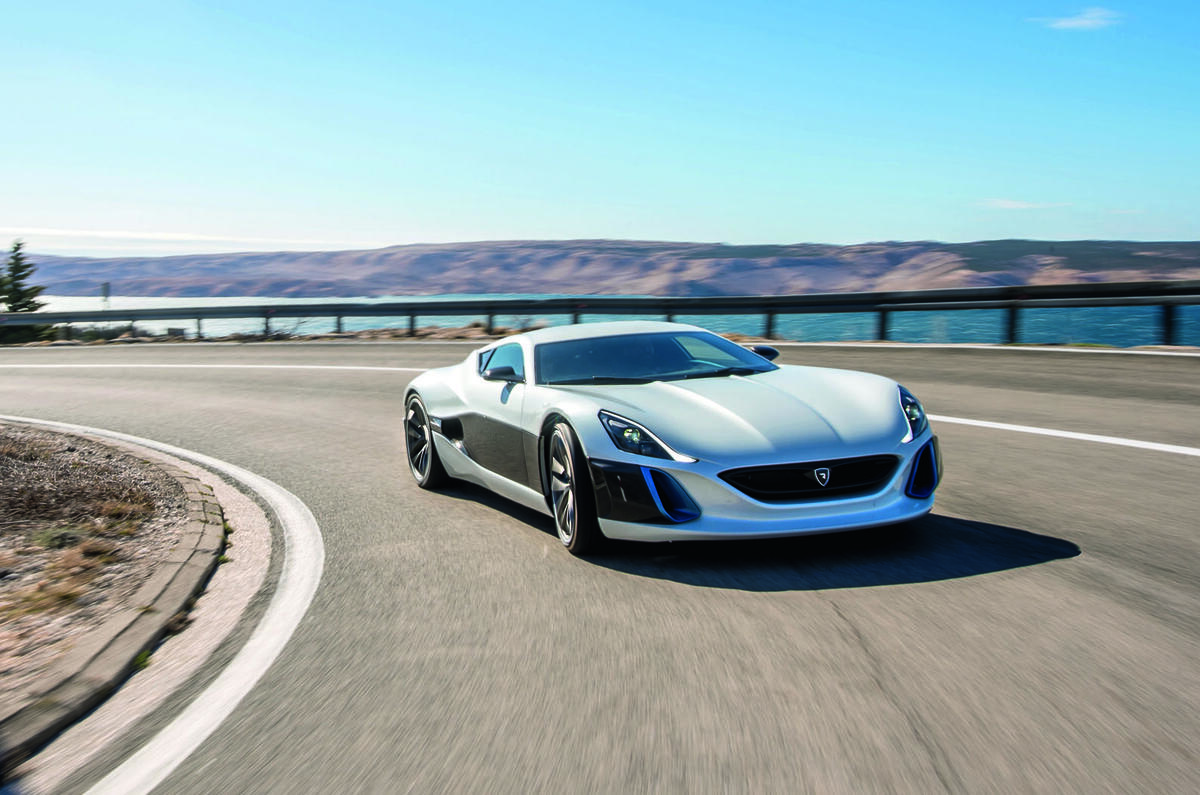
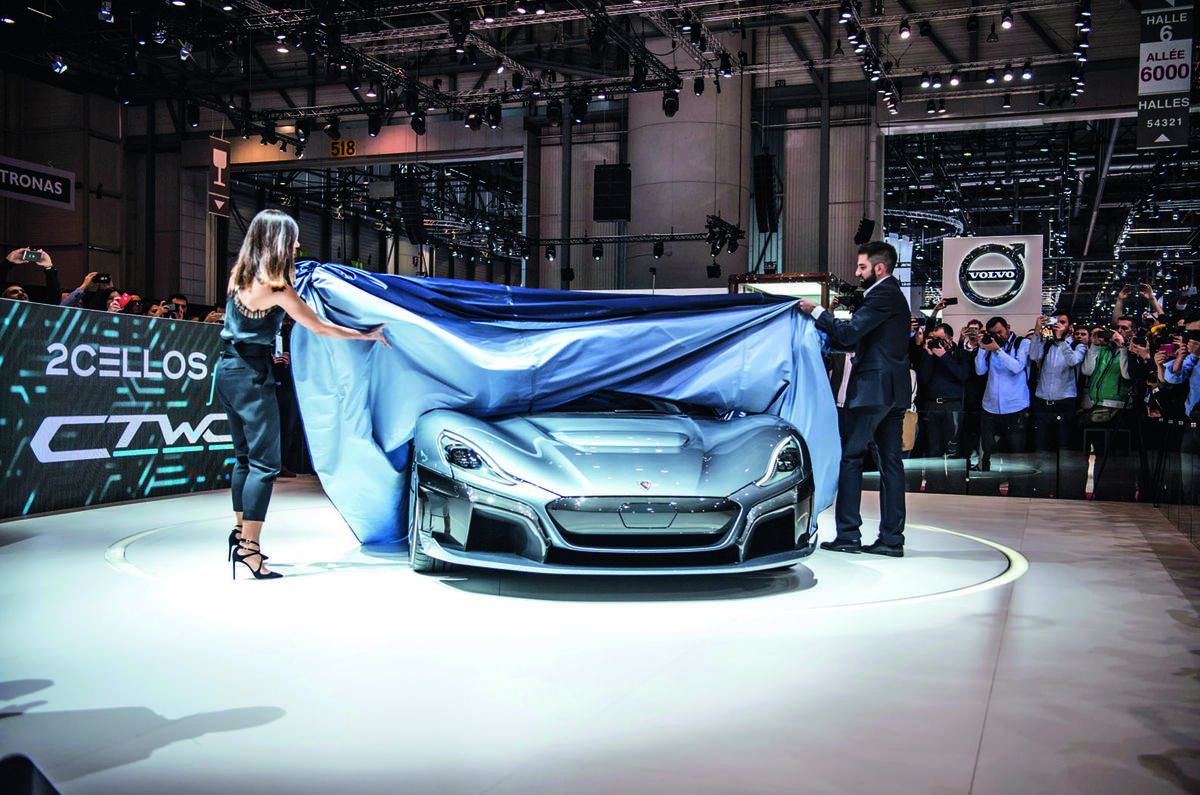
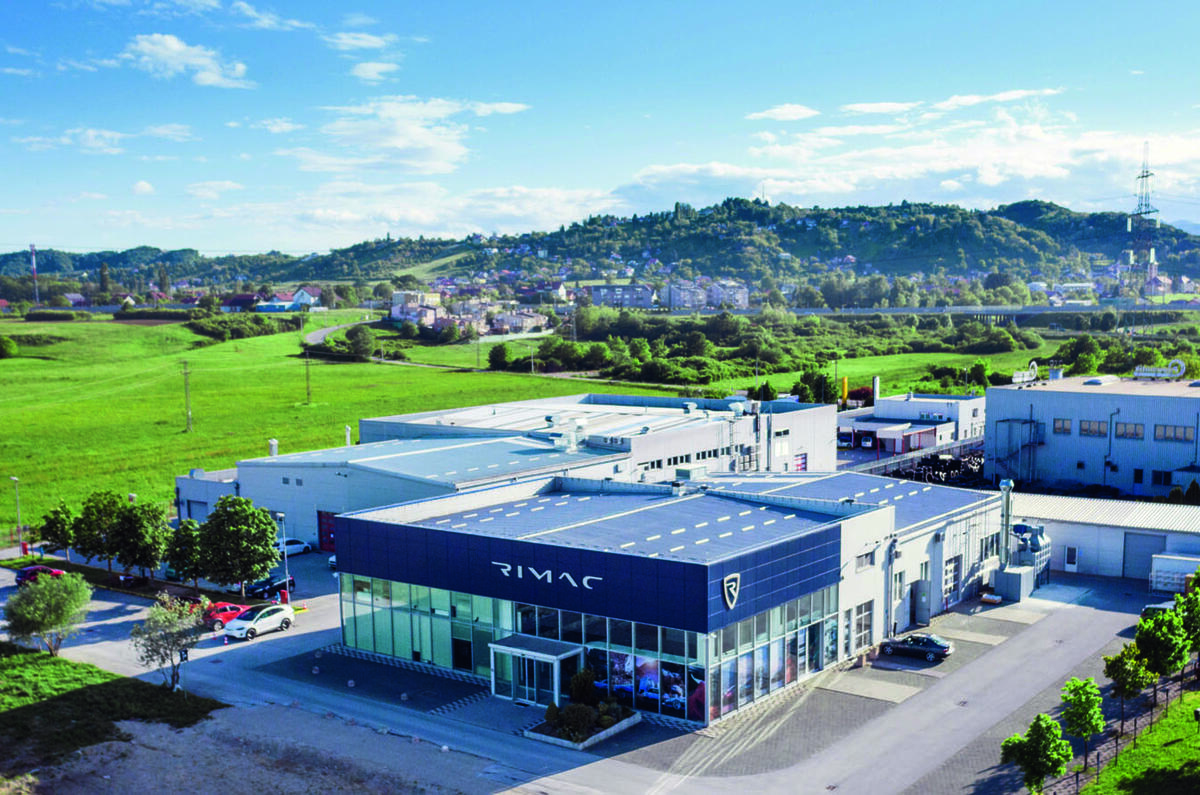
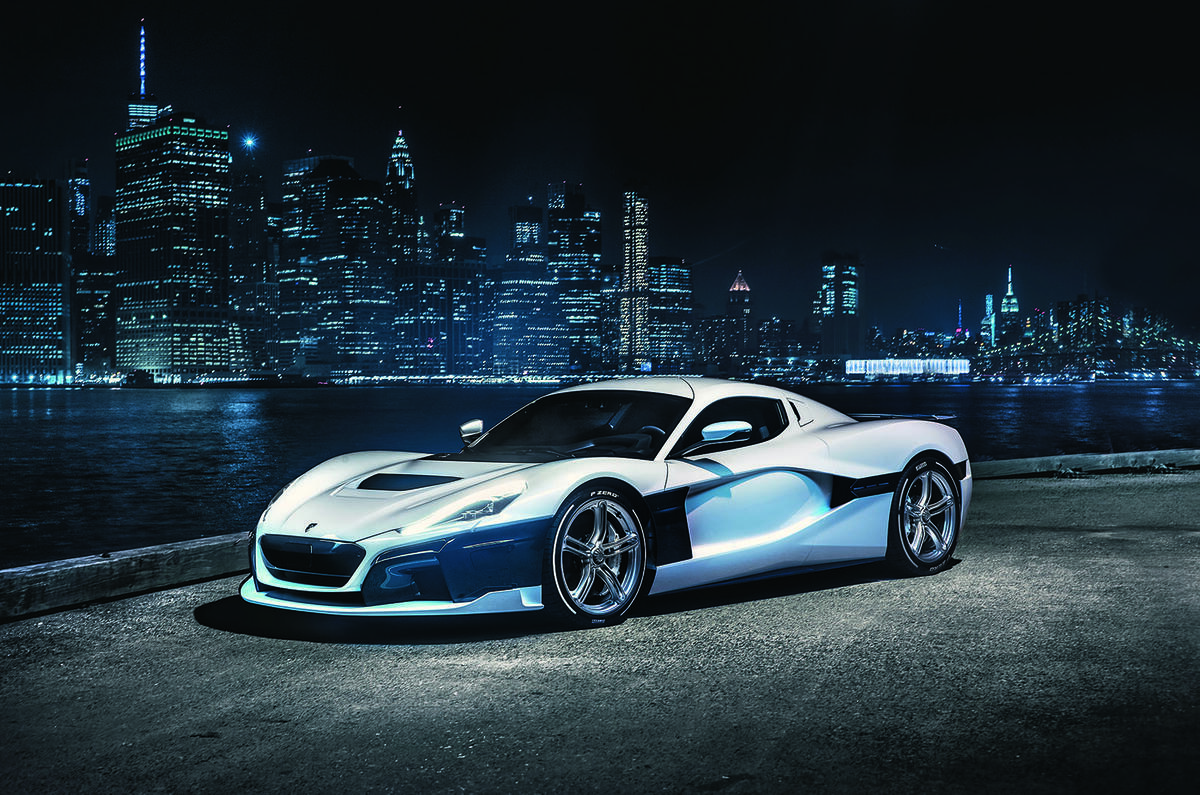
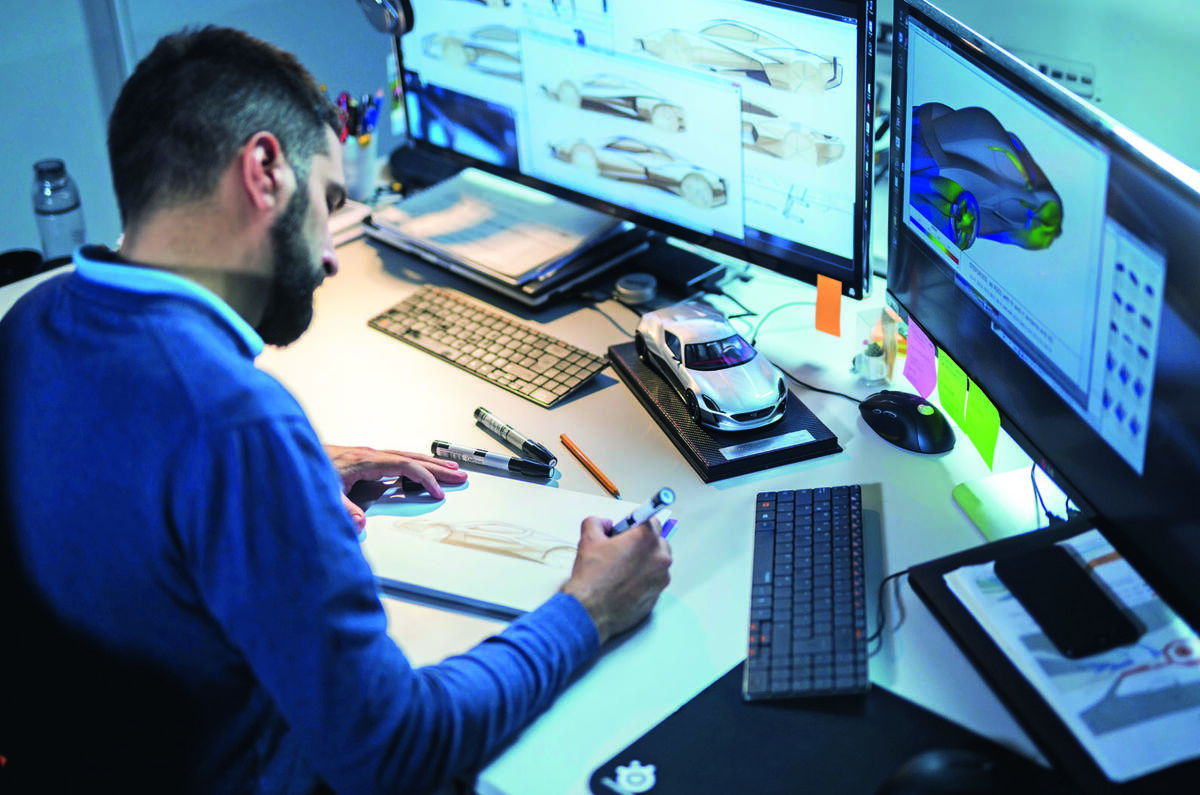
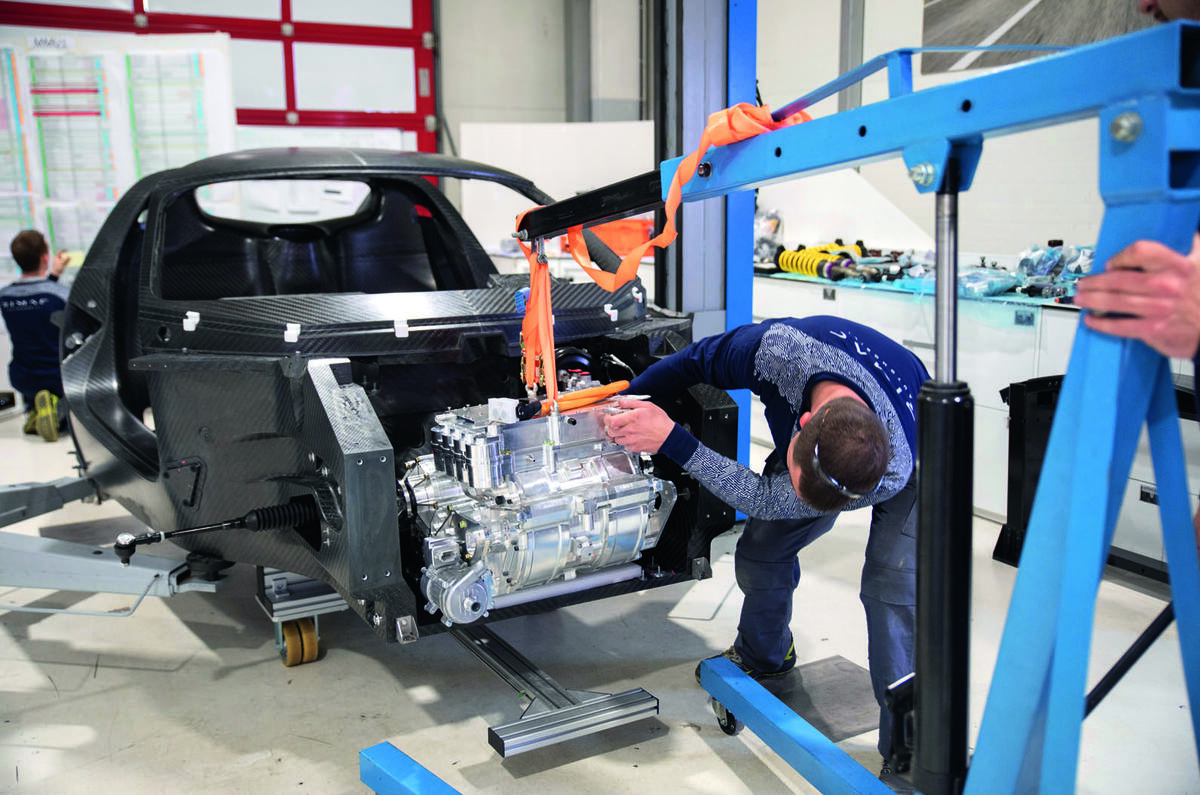

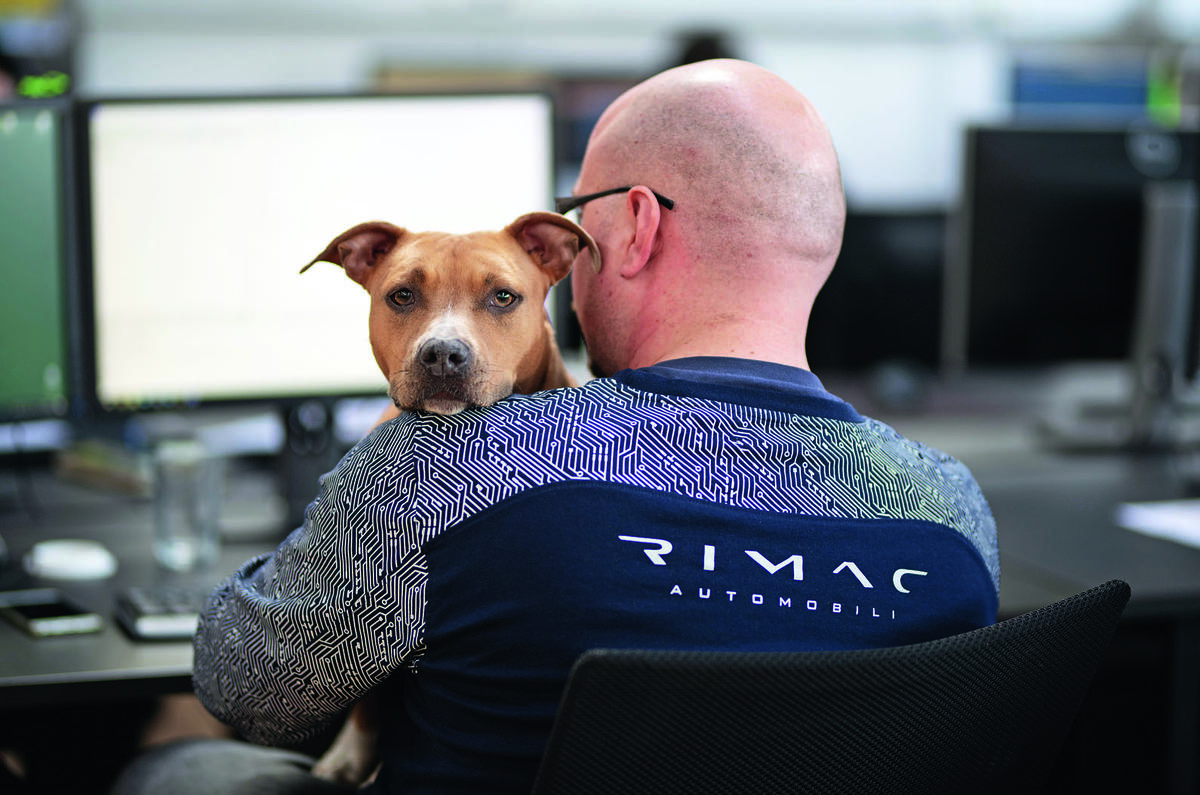
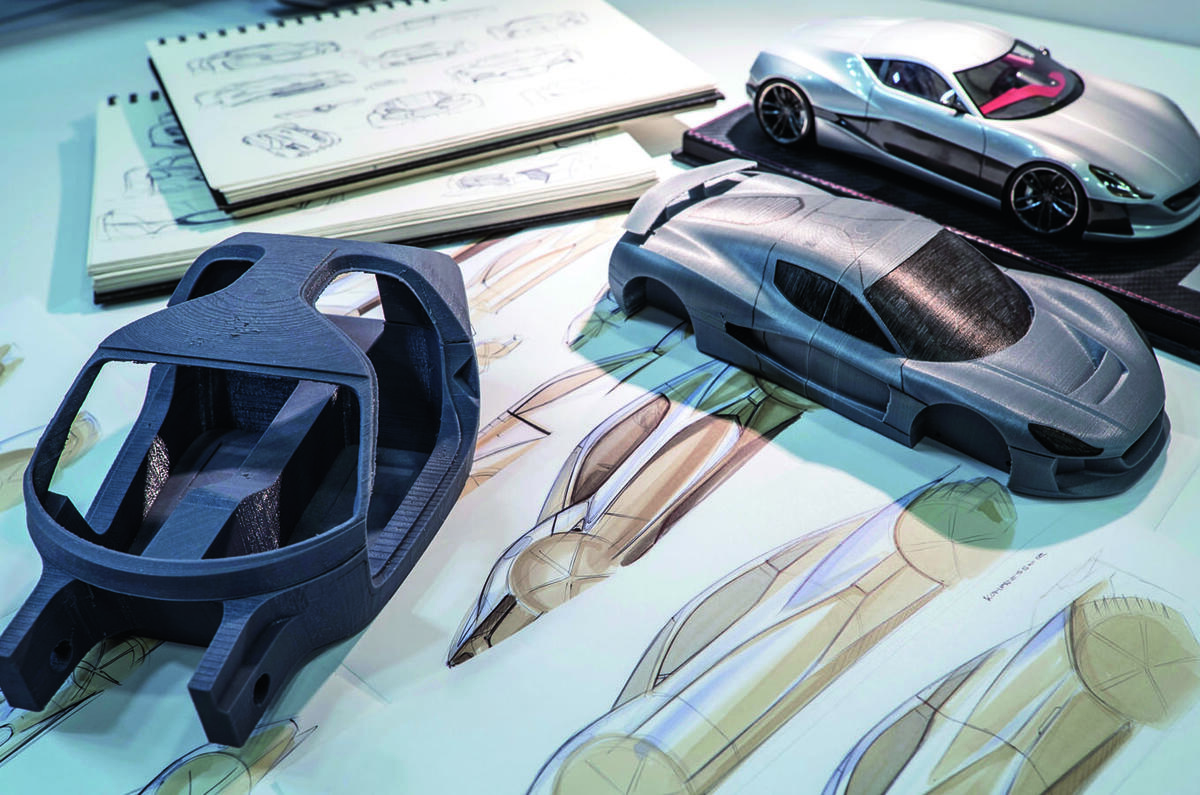
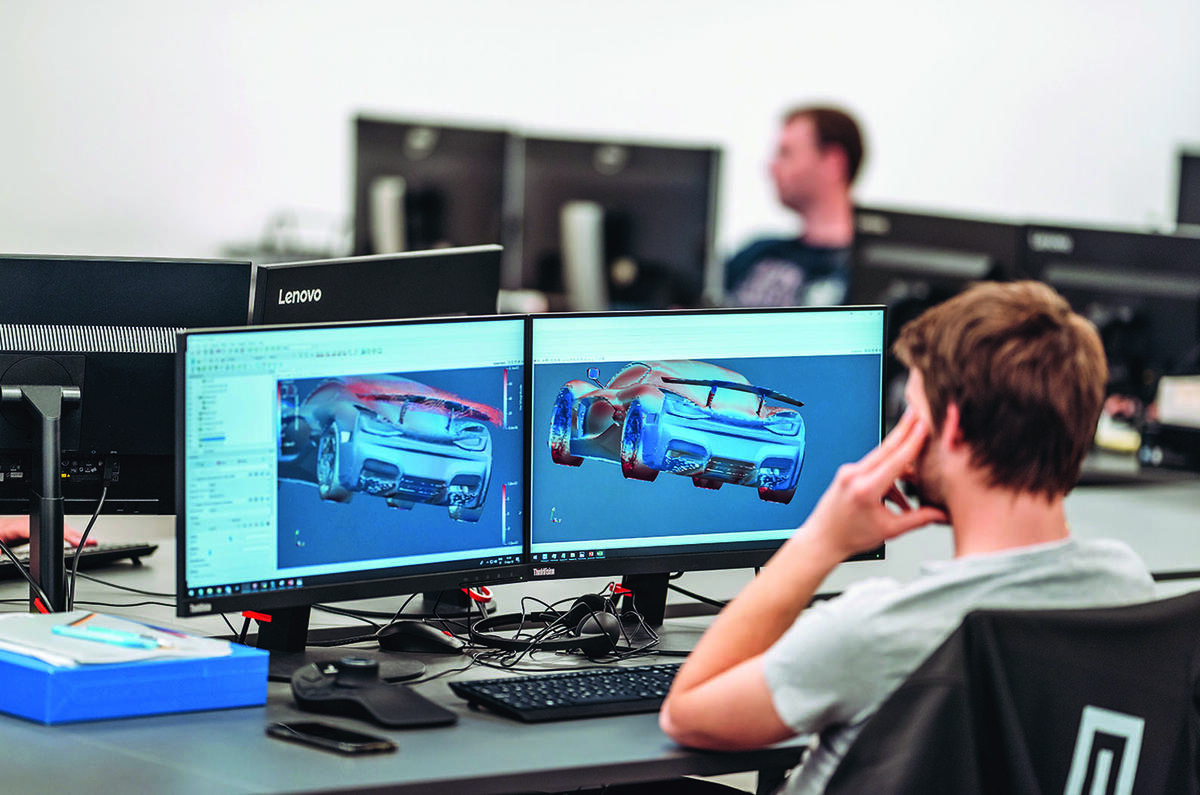
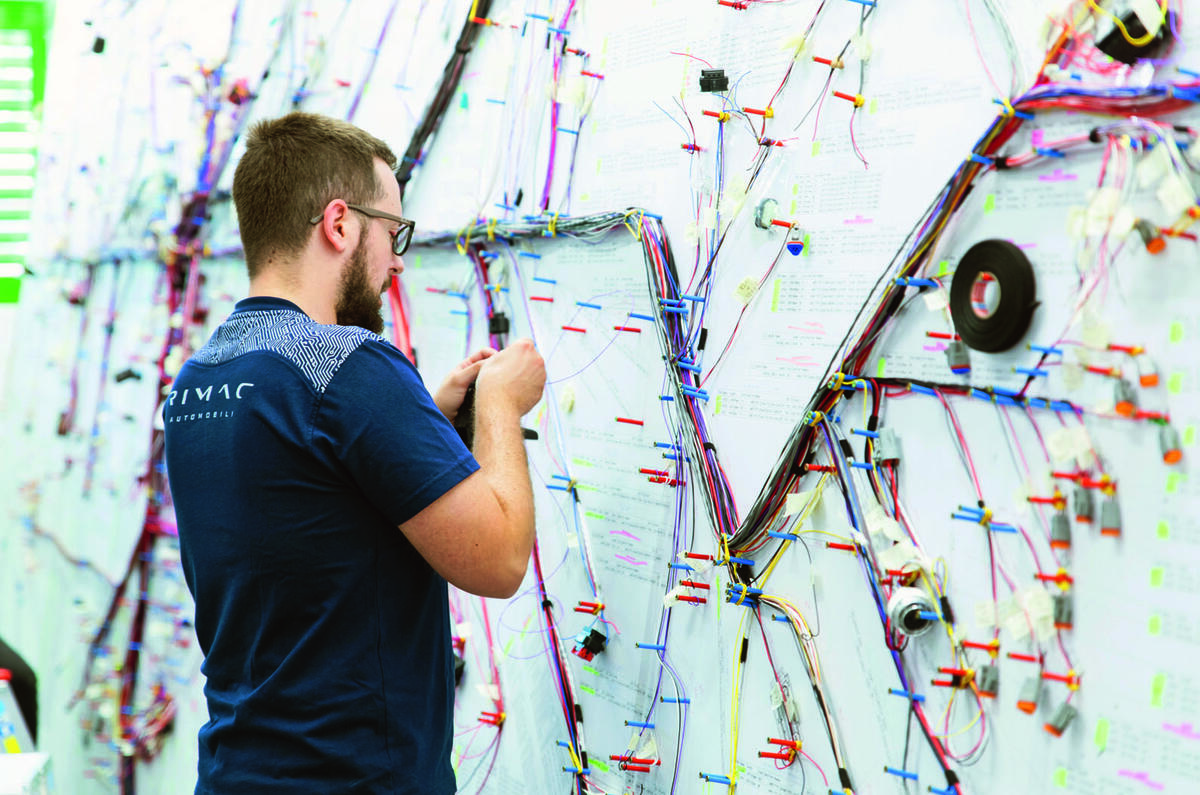
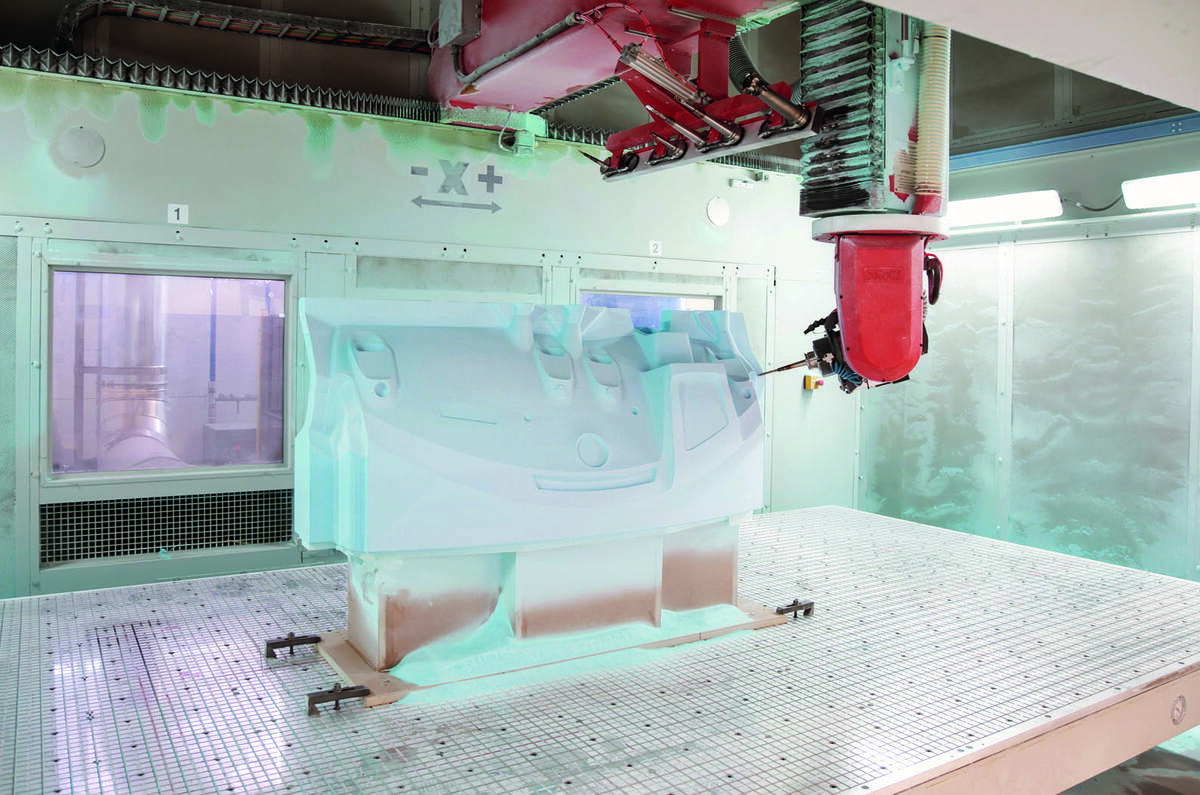
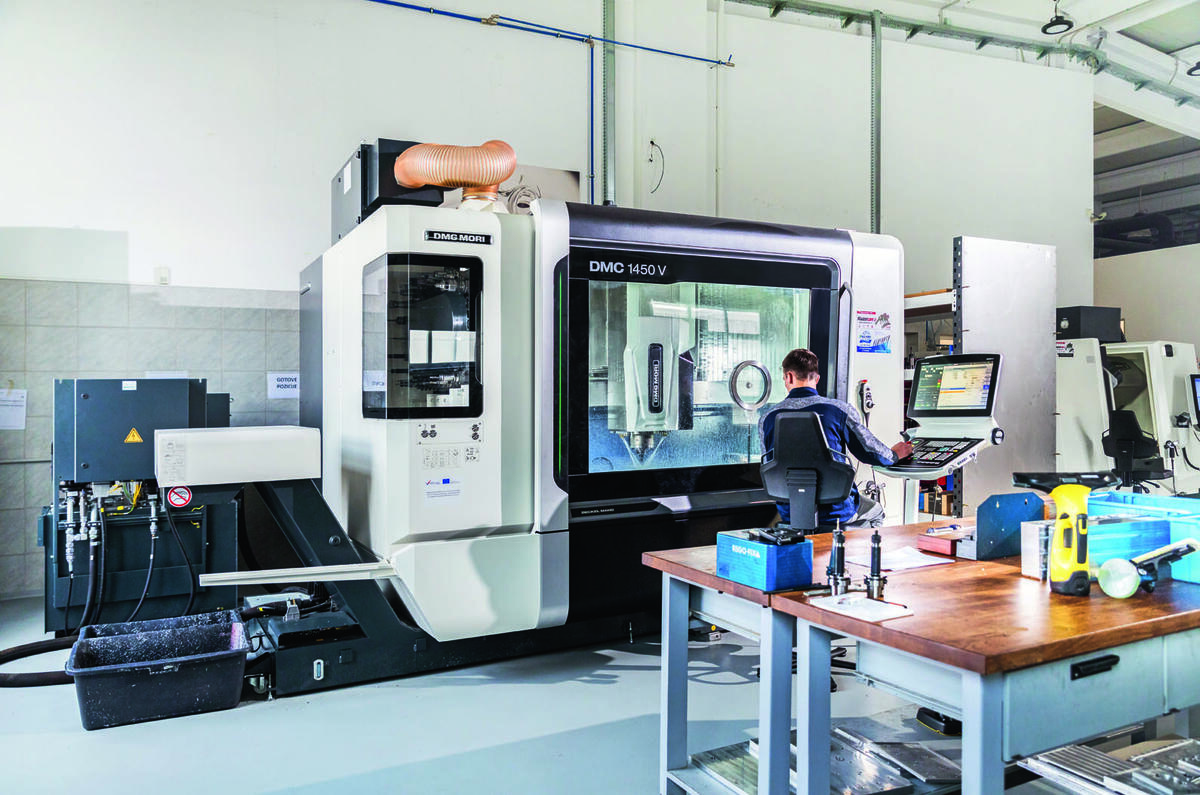
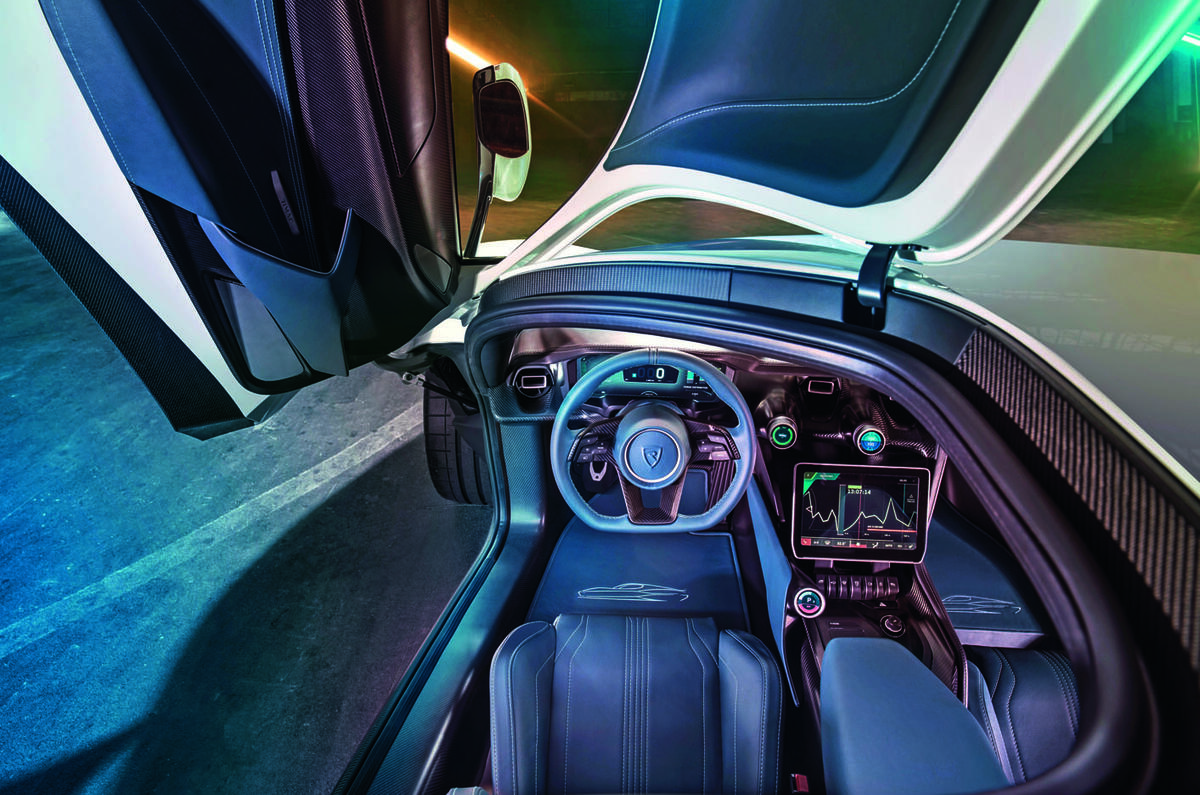

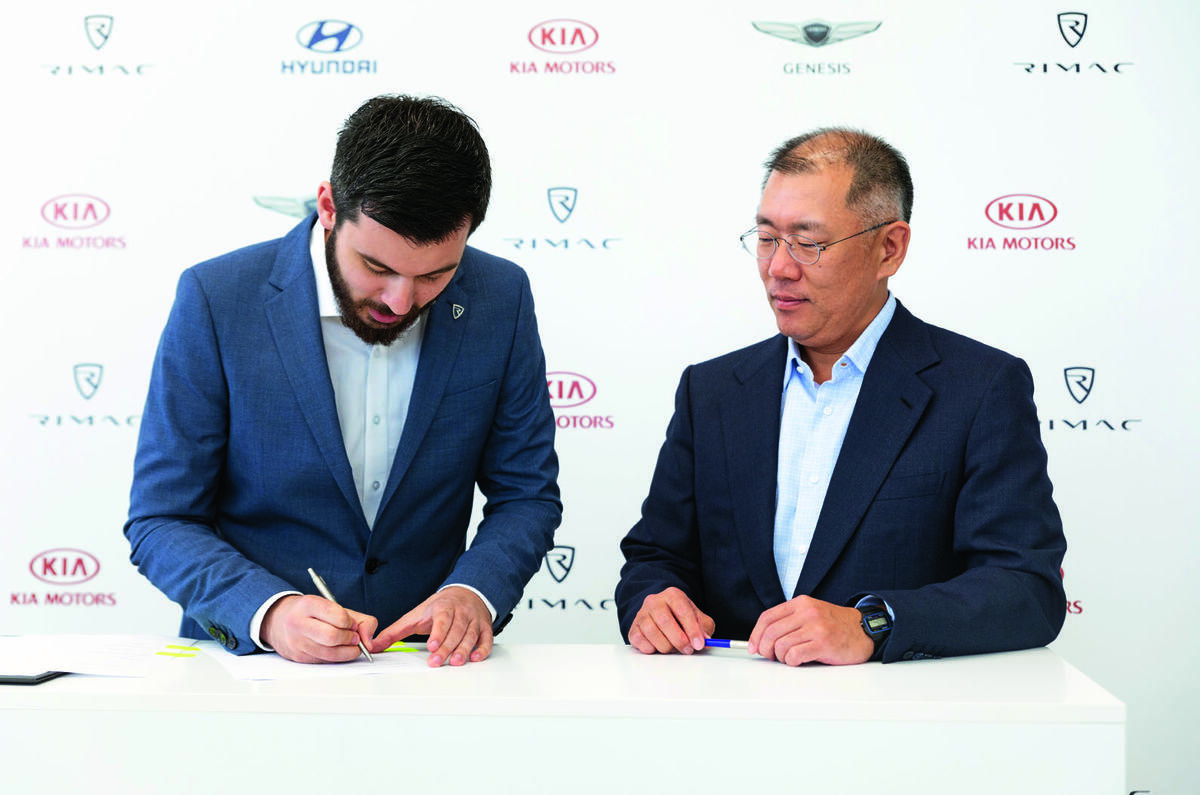
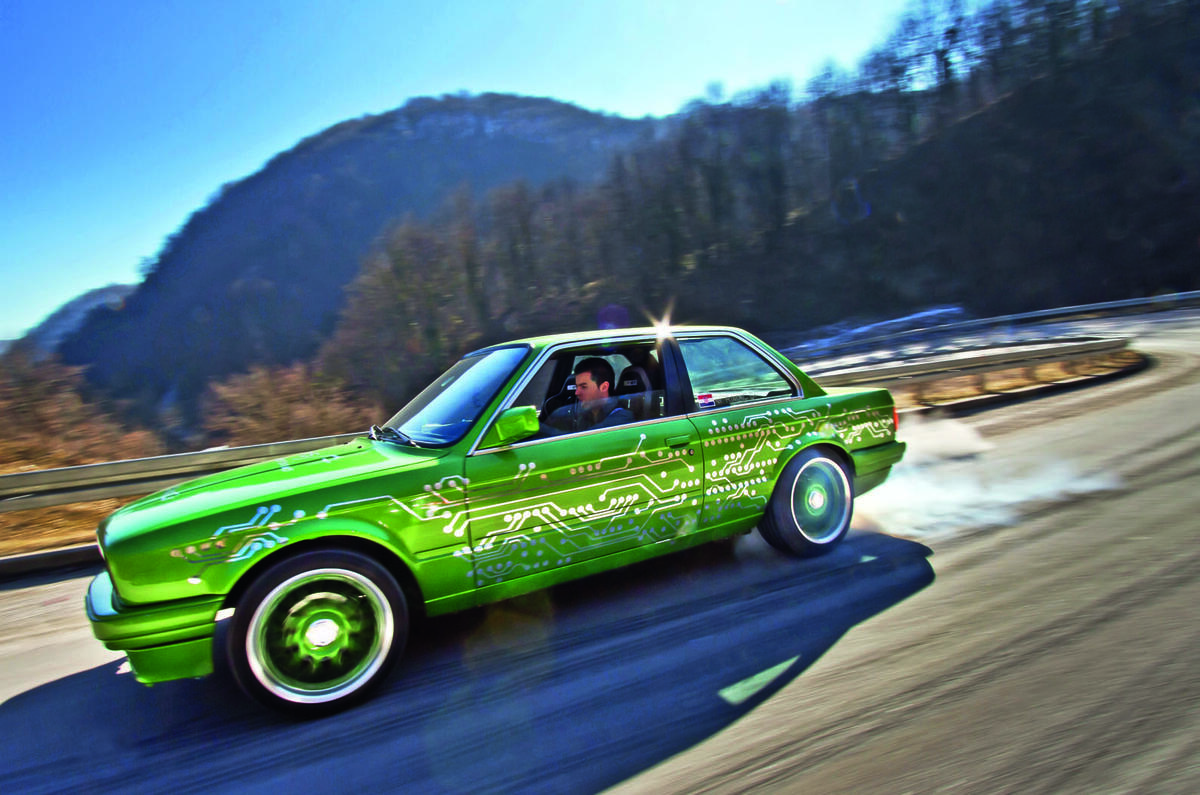
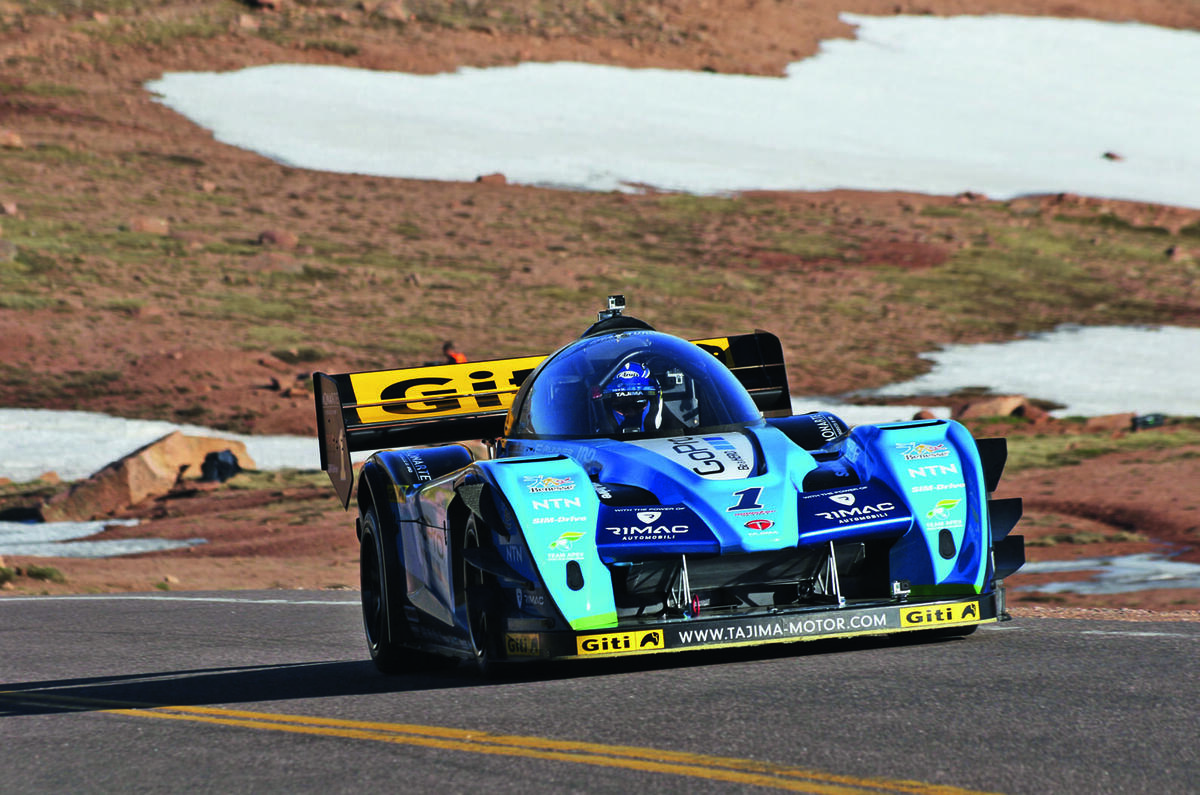

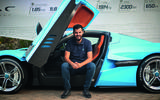
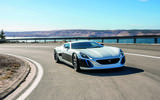
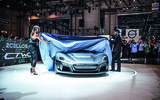

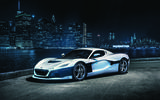

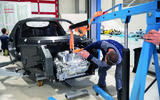



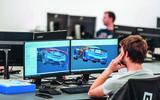

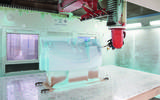
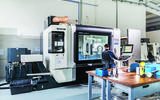

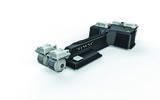
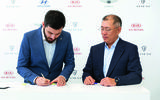

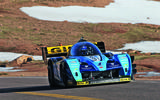
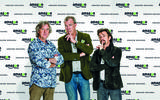


Add your comment